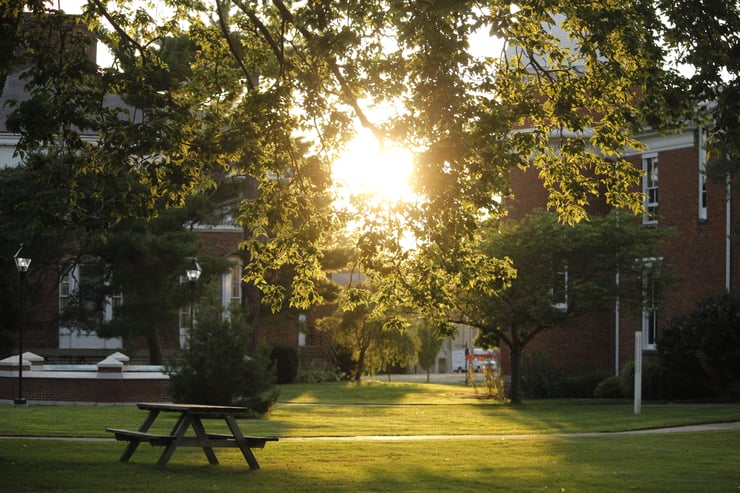At SimpsonScarborough, we have two or three online surveys in the field at any given time with a variety of constituents—prospective students, the general public, guidance counselors, alumni, and internal audiences (current students, faculty and staff). We pay close attention to several metrics in determining when to close a survey. One of these is response rate. Also known as the completion rate or return rate, the survey response rate refers to the percentage of individuals who have participated vs. the universe of respondents who were invited to participate.
What many of our clients see in the end is the overall response rate for each audience; what they do not see is the amount of time, effort, and strategy we put in to ensuring we reach a high enough response rate for each audience. In a recent project with the University of California Riverside’s School of Business Administration (UCR SoBA), our response rate strategies were truly tested as we tried to increase the response rate for the School's internal audiences. As SoBA is a school within a large university, the overall universe sizes were small to begin with and required careful thinking and strategy to garner high response rates.
The following are some market research best practices and key takeaways from this project that can be applied to any survey you are conducting:
- Use leadership. Before sending any survey out to internal audiences, have your leadership notify your constituents that they will be receiving an invitation and explain to them why it is important to participate. With UCR SoBA, we first had the Dean of the School send an advance-notice email to all internal audiences, followed by a reminder email from the Associate Dean. Our last effort email was also sent from the Associate Dean and included a direct link to the survey to provide participants with quick access.
- Money talks. In any market research scenario where you are struggling to get responses, an incentive is always a first option to increase response rate. In our experience, an incentive such as $10/complete or a drawing for a $500 Amazon.com Gift Card will almost always increase response.
- Word-of-mouth. Because survey invitations can often get “lost” in many email inboxes, word-of-mouth is an essential tool in spreading the word about a survey. When campus leaders are on board with your research, they can be your biggest advocates. Faculty and staff can be informed through standing meetings and encouraged to spread the word within their respective departments. And finally, since faculty are closest to your students, they can be key partners in encouraging students in their classes to participate.
- Less is more. When distributing an online survey, keep your invitation clear and concise—too wordy, and you run the risk that your respondents will simply hit delete. Short and compelling subject lines mean a higher chance that your potential respondents will open the email. Short and sweet wording explaining the survey mean a higher chance they will then click the survey link. For SoBA, this meant shorter and shorter headlines and email text with each successive email reminder. By the end, we were using subject lines like “SoBA online survey — chance to win $500” and including just the basics the respondents needed in the text.
With the help of UCR SoBA, we ended up having higher than average response rates across all internal audiences—we even broke a SimpsonScarborough record for the highest response rate ever for a faculty/staff survey, coming in at 67%.











